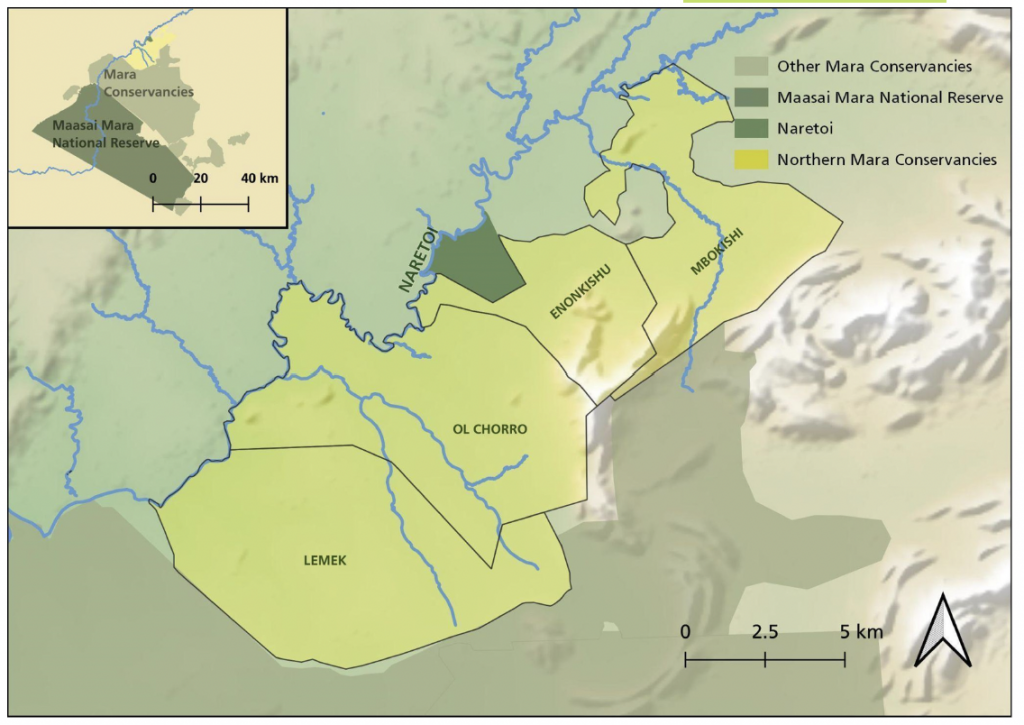
Mobile livestock production strategies are theoretically consistent with wildlife-based activities and can present a win-win solution for both conservation and development. The authors explore the success and failings of Enonkishu’s evolving attempts to achieve this: addressing the criticism of the conservation sector that it fails to learn from its mistakes.
They find that Enonkishu has had considerable positive conservation outcomes, preventing the continued encroachment of farmland and maintaining and improving rangeland health relative to the surrounding area, while maintaining diverse and large populations of wildlife and livestock.
The learning from certain ventures that failed, particularly on livestock, has created institutions and governance that, while still evolving, are more robust and relevant for conservancy members, by being fluid and inclusive.
Practical implication: Diverse revenue streams (beyond tourism, including a residential estate, livestock venture and philanthropy) enabled Enonkishu to withstand the pressures of COVID-19. Livestock is crucial for defining the vision of the conservancy, and the institutions and governance that underpin it.



